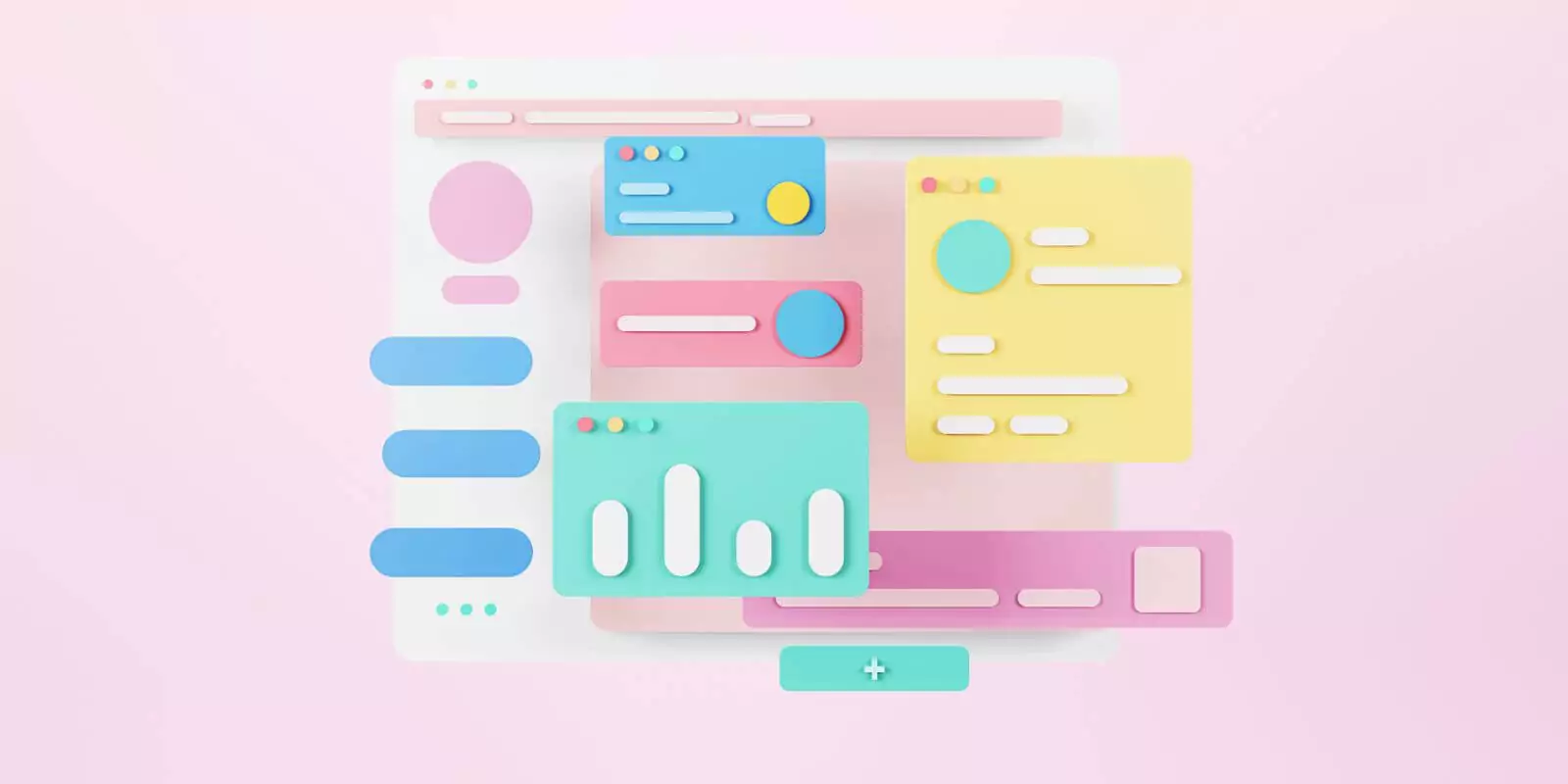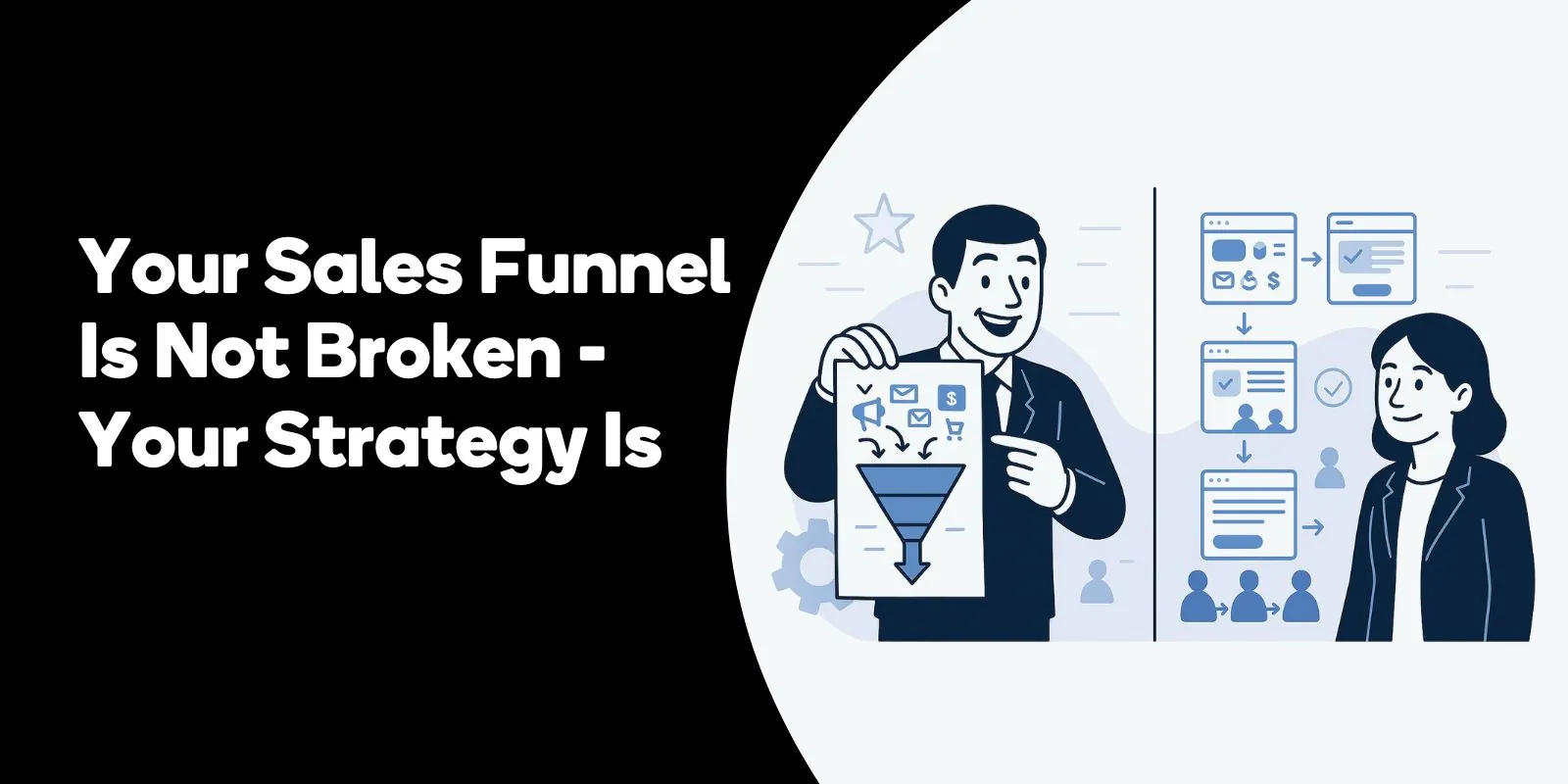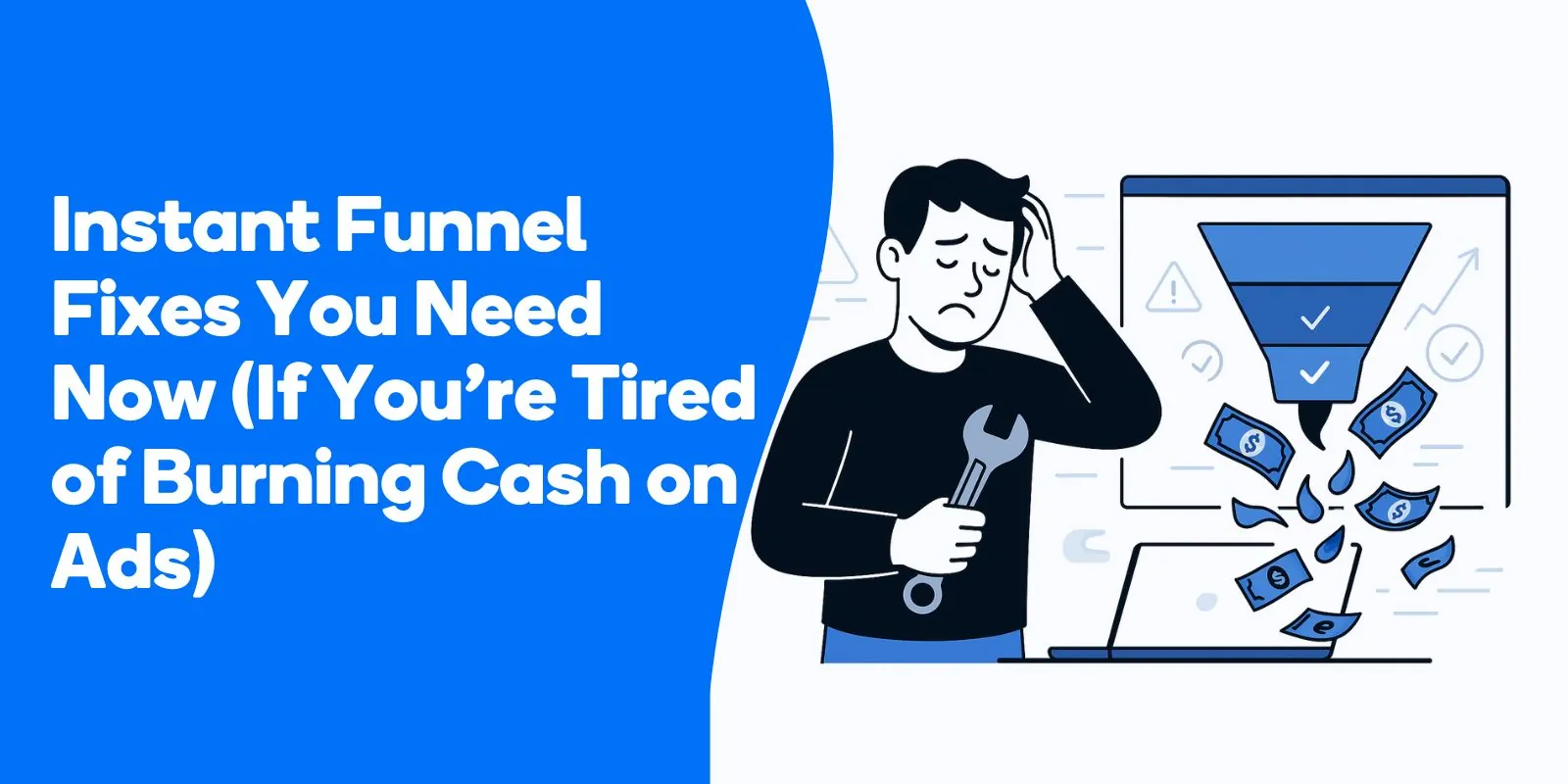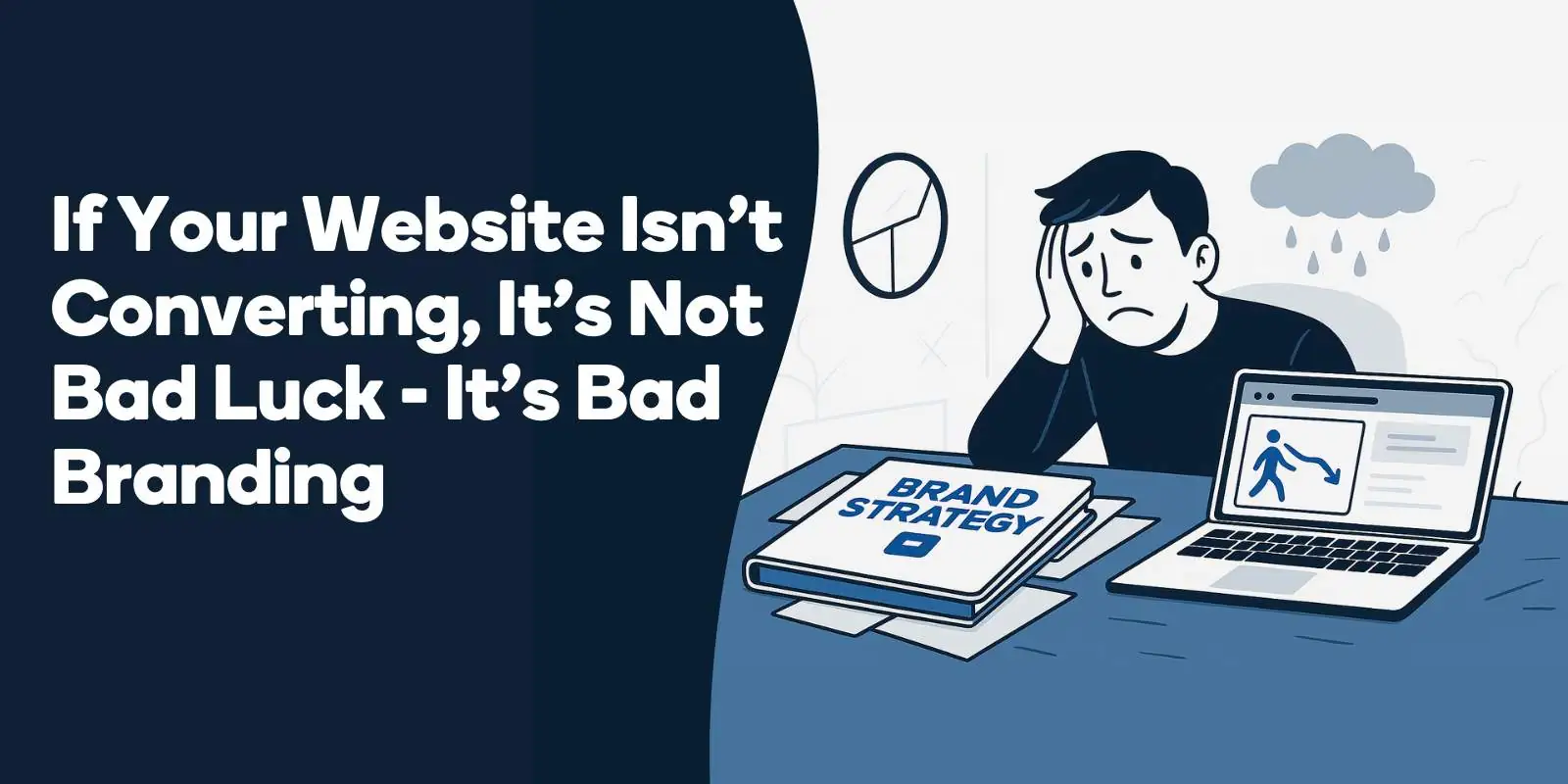In today’s rapidly evolving digital environment, businesses must stay up-to-date with the most recent web design techniques to provide the best possible user experience (UX) for their website visitors.
A well-designed website not only increases user engagement but can also lead to improved conversions and revenue generation.
Adobe reports that 38% of users will stop interacting with a website if the content or layout is unappealing.
In this blog post, I’ll dive into expert web design techniques that enhance the user experience through innovative design solutions.
Responsive Web Design and Embracing a Mobile-First Mindset
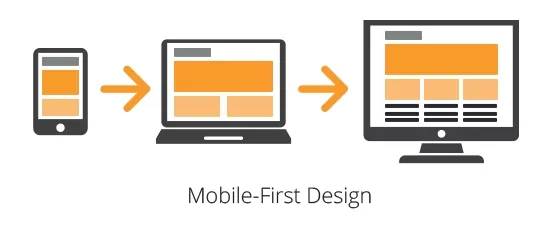
Delivering seamless experiences across various devices
Responsive web design: As mobile devices accounted for 54.8% of global website traffic in 2021, it’s essential to ensure your website looks and functions impeccably on all screen sizes.
Responsive web design enables your site to adapt to different devices, offering a consistent UX across smartphones, tablets, and desktop computers.
Mobile-first approach: Giving priority to mobile design ensures your website is optimized for the ever-increasing number of mobile users.
By designing for smaller screens first, you can concentrate on crucial content and features before progressively enhancing the design for larger screens, satisfaction and reduce bounce rates
Streamlining Navigation and Enhancing Readability
Boosting usability and simplifying content consumption
Navigation optimization: A well-organized navigation system helps users locate the information they need swiftly and effortlessly.
Transparent and concise navigation menus, coupled with an intuitive layout and design, can improve user satisfaction and reduce bounce rates.
Typography and readability: Choosing the right fonts and guaranteeing optimal readability is vital for effective communication.
Research indicates that good typography can boost user comprehension by up to 20%.
Opt for fonts that are easy to read, and ensure there is enough contrast between text and background colors.
Visual hierarchy: Establishing a clear visual hierarchy assists users in navigating your content, making it simpler for them to understand and process information.
Arrange your content logically, using headings, subheadings, and bulleted lists to break up large text blocks.
Elevating User Engagement with Compelling CTAs and Micro-interactions
Encouraging users to interact with your website and take action
Call-to-action (CTA) placement: The strategic placement of CTAs can have a significant impact on conversion rates.
In fact, a well-placed CTA can boost conversion rates by up to 121%. Make sure your CTAs are visible and persuasive, motivating users to take the desired action.
Micro-interactions: These small yet functional interactions contribute to making your website more engaging and enjoyable for users.
Examples include button animations, form input validation, and scroll-triggered effects. Micro-interactions can increase user retention and promote repeat visits.
Emphasizing Page Load Speed and Accessibility
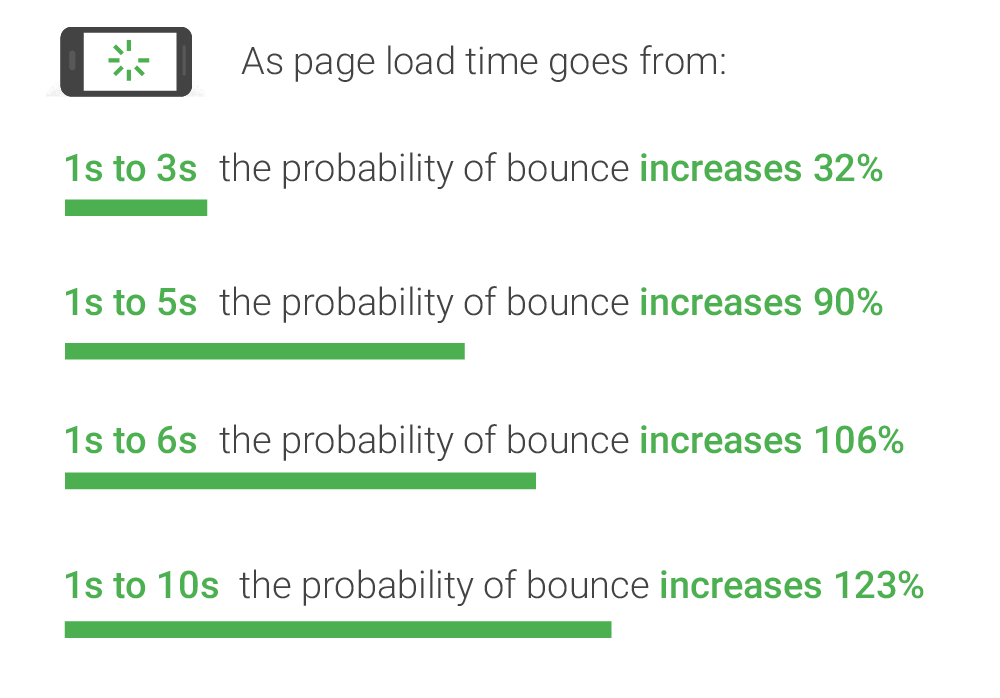
Delivering a fast and inclusive web experience
-
Page load speed: A fast loading website is crucial for user satisfaction, as 53% of mobile users abandon sites that take more than 3 seconds to load.
Optimize your site’s performance by compressing images, minifying code, and leveraging browser caching.
-
Accessibility and inclusivity: Designing an accessible website ensures all users, regardless of ability, can access and engage with your content.
The Web Content Accessibility Guidelines (WCAG) provide a framework for creating inclusive websites that cater to a diverse range of user needs.
Harnessing White Space and Color Psychology for Impactful Design
Utilizing design elements to create visually appealing and persuasive websites
-
White space utilization: Effective use of white space, or negative space, can enhance the overall design and readability of your website.
By providing visual breathing room, white space allows users to focus on essential content, reducing cognitive overload and improving comprehension.
-
Color psychology: The strategic use of color can influence user emotions and behavior, making it a powerful tool in web design.
Select colors that align with your brand identity and evoke the desired emotional response from your audience.
For instance, blue is often associated with trust and professionalism, while red can signify urgency or excitement.
Implementing User Feedback and Testing for Continuous Improvement
Refining your website based on user insights and data
-
User feedback and testing: Regularly gathering user feedback and conducting usability tests can help you identify areas for improvement and ensure your website continues to meet user needs and expectations.
Employ techniques such as A/B testing, user surveys, and heatmaps to gain valuable insights and make data-driven design decisions.

Award-Winning
Sales Funnel & Website Expert
Discover How My Agency Can Grow Your Business
- Website: Our websites are the perfect blend of form and function.
- Sales Funnel: We build sales funnels that turn leads into customers.
- SEO: Get found online with our expert SEO services.
Exploring Advanced Design Techniques: Content Management Systems, SEO, and E-commerce Solutions
Leveraging technology for enhanced user experience and business growth
-
Content management systems (CMS): Utilizing a CMS can help streamline content creation and management, making it easier to maintain a consistent and up-to-date website.
Popular CMS platforms, such as WordPress, Drupal, and
Joomla, offer a range of features and plugins that can simplify web design and development. -
Search engine optimization (SEO): SEO best practices in your web design can improve your website’s visibility in search engine results, driving more organic traffic and potential customers to your site.
Optimize your site’s structure, content, and metadata to enhance search engine performance and user experience.
-
E-commerce solutions: If your business involves selling products or services online, integrating an e-commerce platform into your website can help streamline the purchasing process and enhance the overall user experience.
E-commerce solutions, such as Shopify, WooCommerce, and Magento, offer a range of features and customization options to suit your specific business needs.
Frequently Asked Questions
What are the 3 types of web design?
The three main types of web design are:
- Adaptive Design: This design method utilizes multiple fixed layout sizes. When the site detects the available space, it selects the layout most appropriate for the screen.
- Responsive Design: This method aims to make a website display correctly on different devices, regardless of screen size. The layout and content respond and adapt based on the size and capabilities of the user’s device.
- Fixed Design: A fixed web page has a set width, and the main part of the site stays the same, regardless of the size of a browser window. If a user’s screen is larger than the webpage, the site will appear smaller and will be aligned to one side (typically the left).
What are the 5 basic principles of web design?
The five basic principles of web design are:
- Purpose: Good web design always caters to the needs of the user. Pages should be designed with a clear purpose in mind.
- Simplicity: The best way to keep visitors glued to a site is through simplicity. The website should be easy to understand and navigate.
- Typography: Good web design involves using a variety of typefaces or fonts that are easy to read and compliment the design of the website.
- Colors: A well thought out color palette can go a long way to enhance user experience. Complementary colors create balance and harmony, and using contrasting colors for the text and background will make reading easier on the eye.
- Visual Hierarchy: This principle suggests that our eyes pay attention to web space in a certain pattern – a pattern that can help you optimize important content on your site.
What are the 7 guidelines for a successful web design?
The seven guidelines for a successful web design are:
- Mobile Compatibility: Given the increasing use of smartphones, this is a key factor in web design.
- Easy Navigation: Menus and other navigation tools must be created, keeping in mind how users browse and search.
- Effective Typography: It’s essential to choose fonts and font sizes that are legible and harmonious with the overall design.
- Color Palette and Imagery: A perfect color palette and high-quality images can drive user engagement.
- Loading Speed: A successful web design will load quickly on all devices, slow loading speed leads to a high bounce rate.
- Interactive Elements: Interactive elements like buttons and forms should be intuitive and easy to use.
- Consistent Layout: Consistency in the layout of web pages makes it easier for users to understand and navigate the site.
What are the 4 stages of web design?
The four stages of web design are:
- Discovery: This stage involves understanding the client’s needs, target audience, and goals for the website.
- Design: This phase includes creating a layout of the website, picking color schemes, and designing the interface.
- Development: At this stage, the website is actually created using code. All the graphic elements from the prototype are used to create a functional site.
- Launch and Maintenance: After thorough testing for functionality and bugs, the website is launched. Regular maintenance ensures the site continues to function properly.
Conclusion
In conclusion, creating a user-friendly and visually appealing website is essential in today’s competitive digital landscape.
By implementing these expert web design techniques, you can streamline the user experience, boost engagement, and
ultimately drive growth for your business.
Stay up-to-date with the latest design trends and continue to refine your website based on user feedback and data to ensure your online presence remains effective and relevant.
